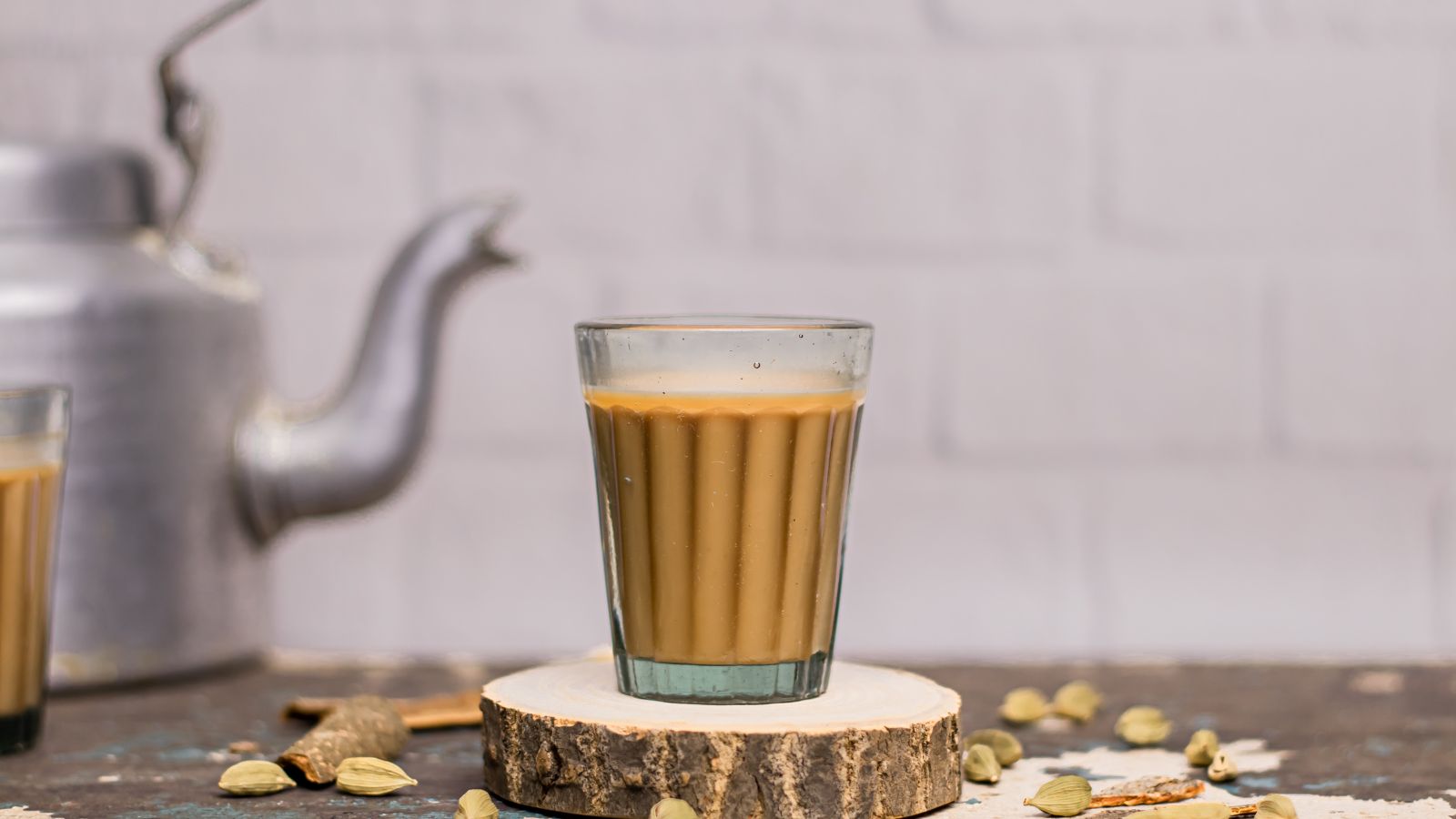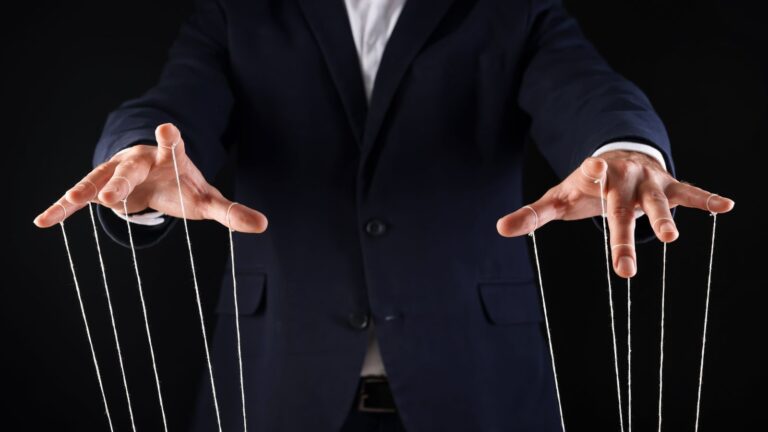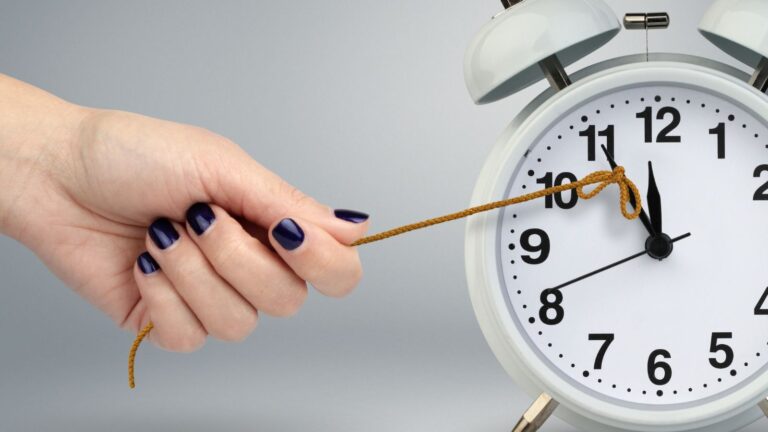Tea and chai are two names for the same drink, depending on where you are. The difference comes from the way tea spread from China to the rest of the world. Tea originated in China, where the Mandarin word for it is chá. As it traveled by land along the Silk Road, this pronunciation influenced countries like India (chai), Russia (chay), Iran (chay), Turkey (çay), and even Arabic-speaking regions (shay). These places adopted cha-based words through overland trade and cultural exchange.
When tea was traded by sea, a different Chinese dialect played a role. In the Fujian region (a coastal province in southeastern China), the Hokkien word for tea (a dialect of Southern Min Chinese spoken in Fujian and among overseas Chinese communities) is te. Dutch traders, who controlled much of the maritime tea trade, brought this version to Europe. As a result, languages like English (tea), French (thé), and German (Tee) reflect this influence.
There are exceptions. Portuguese uses chá because their trade passed through Macau, where Mandarin and Cantonese forms dominated. Similarly, Japanese and Korean also use cha, due to early direct contact with China.
In many places, chai simply means tea. What the world now calls masala chai is a spiced tea with ingredients such as ginger and cardamom. It is a uniquely Indian variation that became popular in the 20th century, blending British tea habits with local flavors.
To summarize, if it’s transported by land, it’s called chai. If it’s transported by sea, it’s called tea. Both the words reflect the ancient trade routes that carried tea across cultures and continents.



